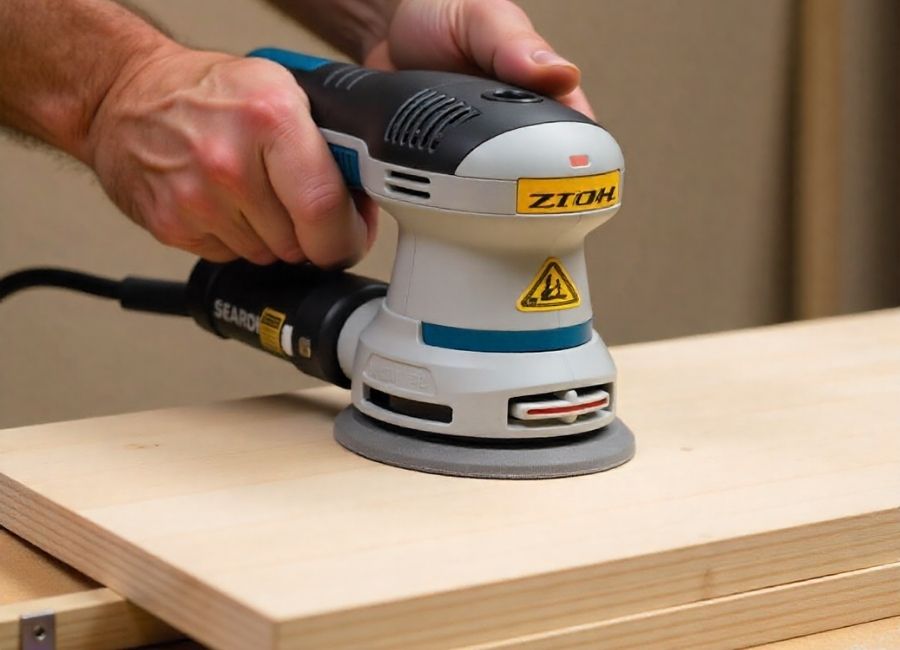A smooth, polished finish is the hallmark of quality craftsmanship, whether you’re building a new piece of furniture or restoring an old favorite. While handheld sanders are great for smaller jobs, a stationary sander is a game-changer for anyone serious about woodworking. These powerful machines offer unmatched speed, precision, and consistency, helping you achieve professional results with ease.
This guide will explain what stationary sanders are, explore the different types available, and detail their primary uses in the workshop. By the end, you’ll understand why this tool is a must-have for achieving a flawless finish on your projects.
What is a Stationary Sander?
A stationary sander is a power tool mounted to a workbench or its own stand. Unlike portable sanders that you move over a workpiece, with a stationary sander, you bring the workpiece to the machine. They are powered by an electric motor that drives an abrasive surface—like a belt, disc, or drum—at high speed.
The key benefit of a stationary sander is its stability. Because the tool is fixed in place, it allows for greater control and precision, making it ideal for shaping, smoothing, and finishing wood, metal, and plastic with consistency. These machines are mainstays in professional cabinet shops and Home workshops alike due to their efficiency and power.
Types of Stationary Sanders
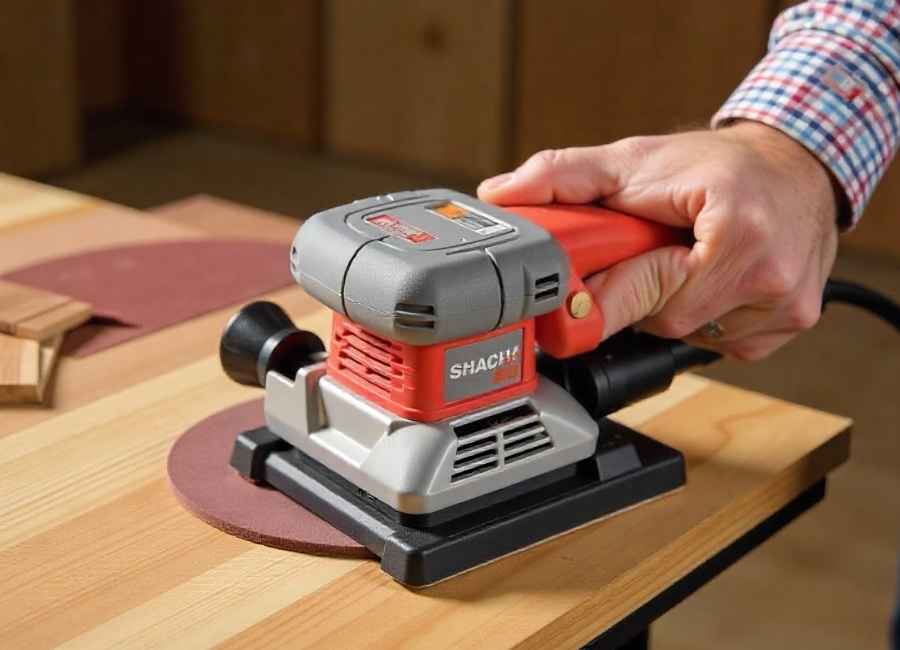
There are several kinds of stationary sanders, each designed for specific tasks. Understanding the differences will help you choose the right one for your projects.
Benchtop Belt Sanders
A benchtop belt sander uses a continuous loop of sandpaper (a belt) that runs over two drums. One drum is powered by the motor, which moves the belt in a constant motion. These sanders excel at quickly removing a lot of material from flat surfaces.
- How it works: You hold the workpiece flat against the moving belt.
- Best for: Smoothing long, flat edges, squaring up boards, and initial shaping.
Disc Sanders
As the name suggests, a disc sander features a circular piece of sandpaper mounted on a spinning disc. Most models include a tilting table that supports the workpiece, allowing you to sand at precise angles.
- How it works: You press the workpiece against the spinning disc, using the table for support.
- Best for: Sanding end grain, creating perfect outside curves, and beveling or chamfering edges.
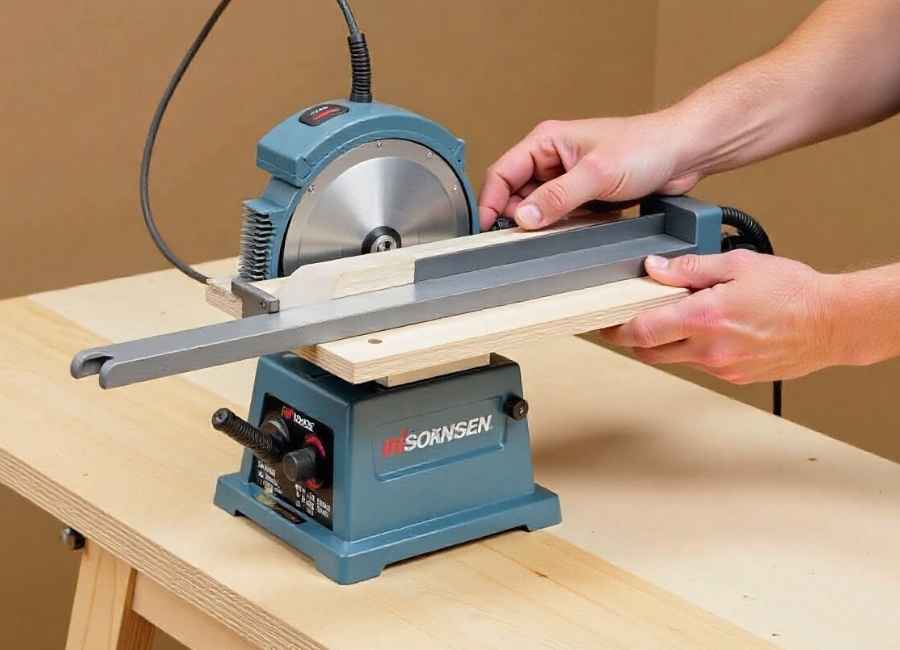
Combination Belt and Disc Sanders
This is one of the most popular configurations for Home workshops because it offers the best of both worlds. A combination sander mounts both a belt sander and a disc sander on a single machine, driven by the same motor. This setup provides incredible versatility without taking up too much space.
- How it works: You can switch between the belt for flat surfaces and the disc for curves and angles.
- Best for: A wide variety of shaping and smoothing tasks, making it a great all-around choice.
Oscillating Spindle Sanders
An oscillating spindle sander is the go-to tool for smoothing inside curves and intricate shapes. It uses a cylindrical sanding drum that both rotates and moves up and down (oscillates). This dual motion prevents the sandpaper from leaving burn marks and creates an exceptionally smooth finish on curved edges.
- How it works: You guide the workpiece around the oscillating drum. The sander typically comes with interchangeable drums of different diameters to fit various curve sizes.
- Best for: Smoothing the inside edges of cut-outs, like the back of a chair or decorative patterns.
Drum Sanders
A drum sander is a larger, more specialized machine used for sanding wide panels and boards to a uniform thickness. It operates by feeding a workpiece under a wide, rotating sanding drum. These are often used in high-production shops for tasks like flattening glued-up panels for tabletops or cabinet doors.
- How it works: The workpiece is carried by a conveyor belt under the spinning drum. You can adjust the height of the drum to control how much material is removed.
- Best for: Thicknessing wide boards and achieving a perfectly flat surface across large panels.
What Are the Main Uses of a Stationary Sander?
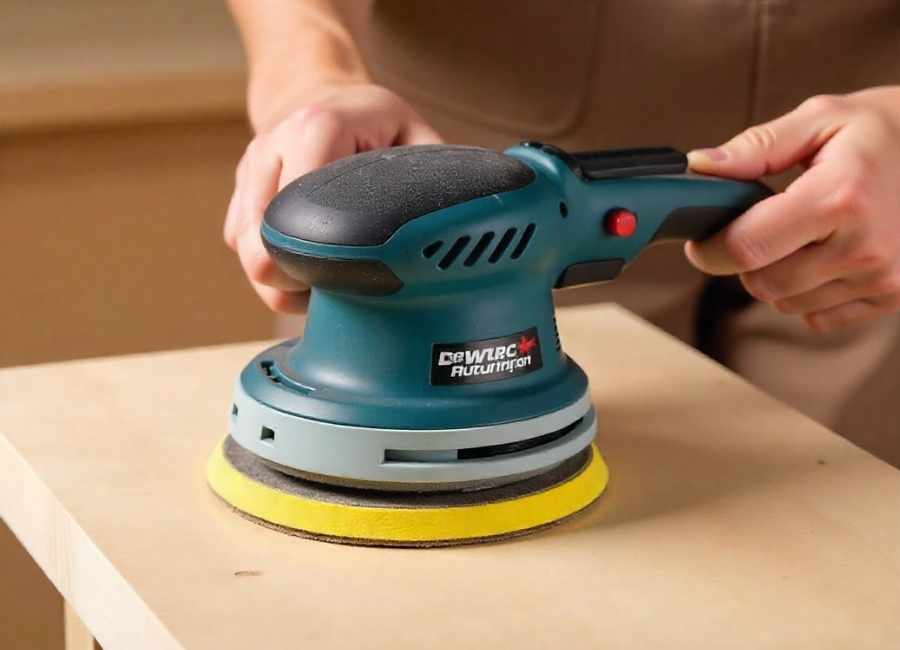
Now that we’ve covered the different types, let’s explore the specific tasks these powerful tools can accomplish.
1. Smoothing and Finishing Surfaces
The most fundamental use of any sander is to smooth wood. A stationary sander makes this process faster and more efficient. A belt sander can quickly flatten a rough-sawn board, removing saw marks and imperfections. For the final finishing stages, using a finer-grit abrasive on a disc or drum sander will leave the surface feeling silky smooth and ready for stain, oil, or paint.
2. Shaping and Contouring
Stationary sanders aren’t just for flat surfaces; they are excellent shaping tools. A disc sander is perfect for creating smooth, consistent outside curves on projects. For example, if you’re making a round tabletop, you can rough-cut the shape with a jigsaw or bandsaw and then use the disc sander to smooth it to your final line. For inside curves, the oscillating spindle sander is unbeatable. It allows you to create and perfect intricate contours that would be nearly impossible to achieve by hand.
3. Squaring and Truing Edges
Getting perfectly square edges is crucial for strong and seamless joinery. A belt or disc sander with a miter gauge or a square fence allows you to true up the edges of a board with incredible accuracy. By pressing a board’s edge against the abrasive surface while holding it firmly against a 90-degree table or fence, you can remove any inconsistencies and ensure your pieces fit together perfectly.
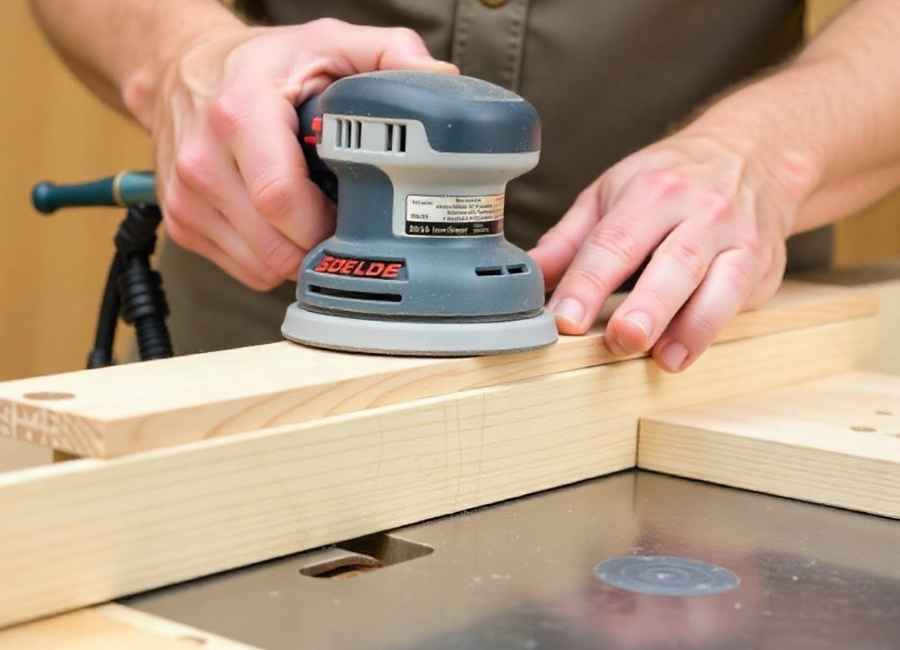
4. Beveling and Chamfering
A chamfer (a sloped edge) or a bevel (an angled cut on the edge of a board) can be a decorative touch or a functional necessity. Most disc sanders come with a table that tilts, typically up to 45 degrees. This feature allows you to create precise and consistent chamfers and bevels along the edge of a workpiece. It’s much faster and often more accurate than setting up a router or table saw for the same task on smaller pieces.
5. Sanding End Grain
End grain is notoriously difficult to sand. The wood fibers are porous and can look fuzzy or dark after finishing if not prepared correctly. A stationary disc sander is the best tool for this job. The high speed of the disc and the firm support of the table allow you to smooth the end grain without rounding over the edges, resulting in a clean surface that absorbs the finish evenly.
6. Fitting Small Parts
When working with small components, trying to use a handheld sander can be awkward and even dangerous. A stationary sander shines in these situations. You can hold the small piece securely with both hands and gently press it against the abrasive surface. This gives you much better control for precise adjustments, whether you’re fitting a small inlay or fine-tuning the length of a dowel.
Take Your Projects to the Next Level
A stationary sander is an investment that pays dividends in the quality and professionalism of your work. By providing the power to remove material quickly and the precision to shape and finish with control, it bridges the gap between amateur and expert craftsmanship. Whether you choose a versatile combination machine or a specialized spindle sander, you’ll find that it becomes an indispensable part of your workshop.
Ready to explore more tools that can elevate your woodworking? Check out our other guides and reviews to find the perfect equipment for your next project.







